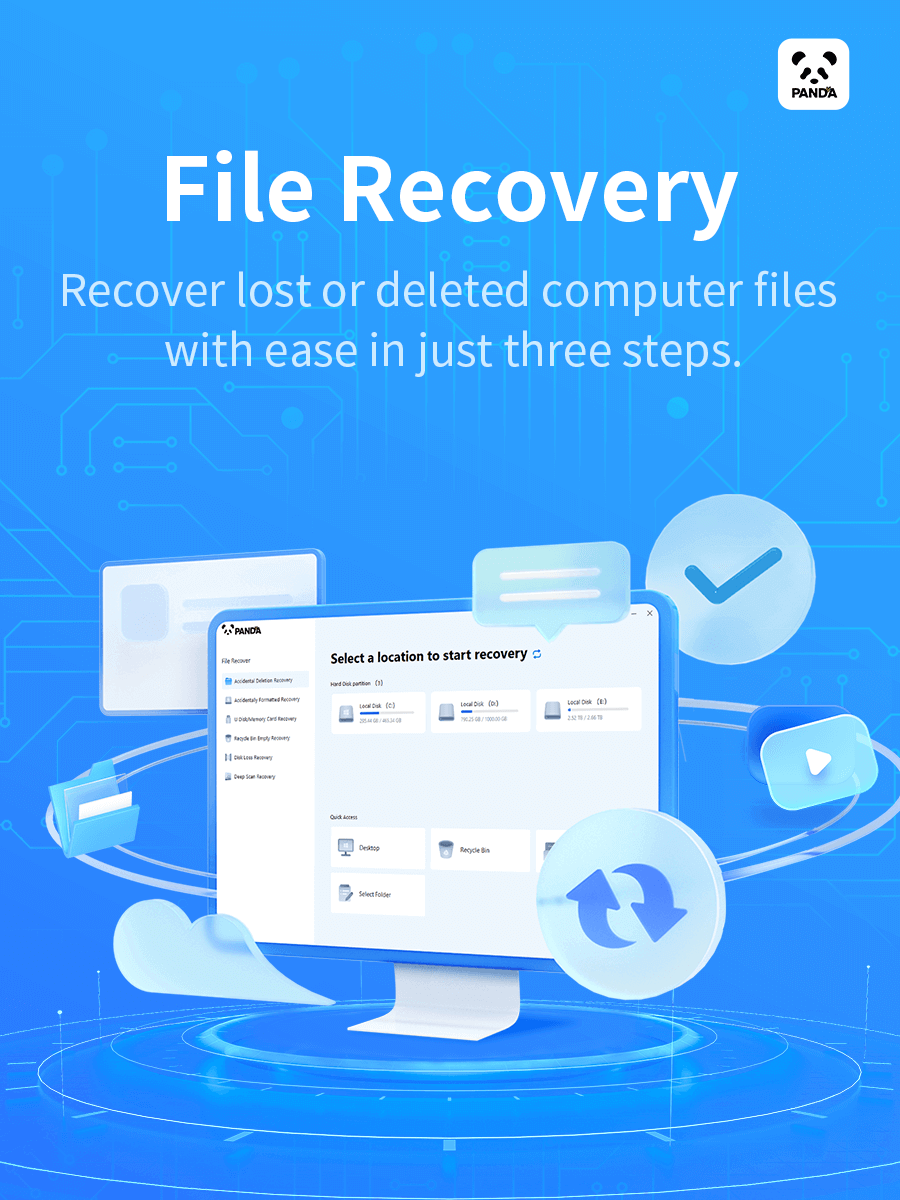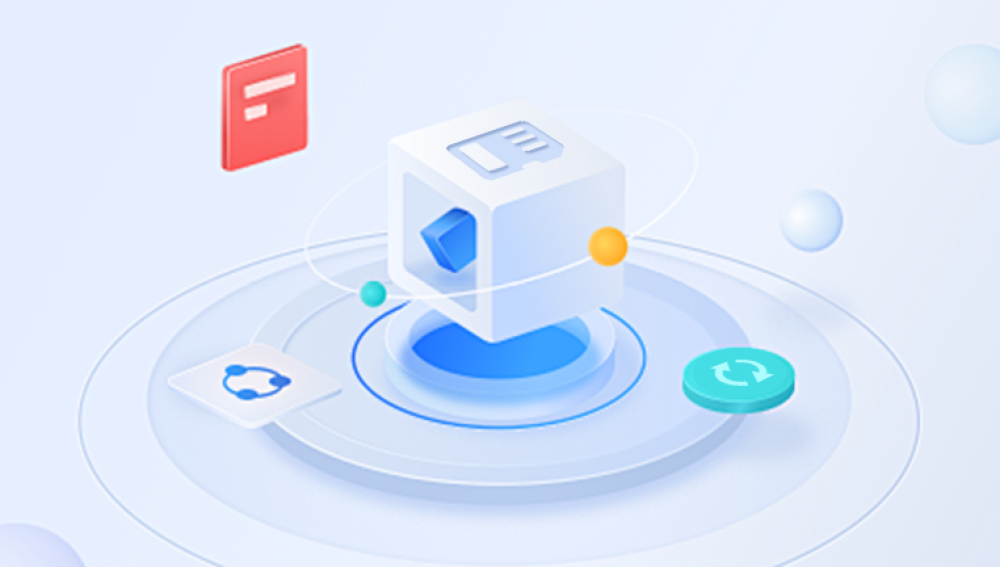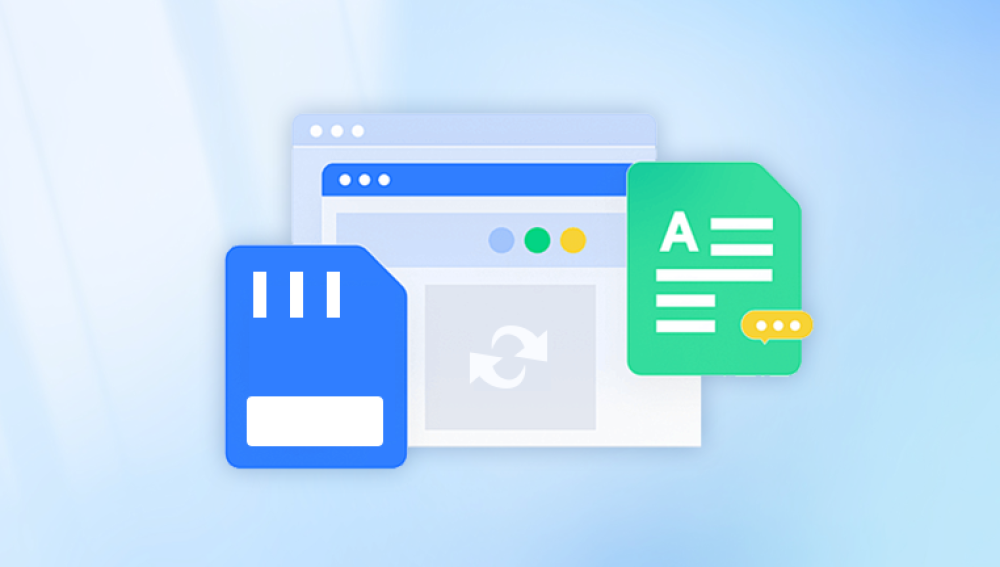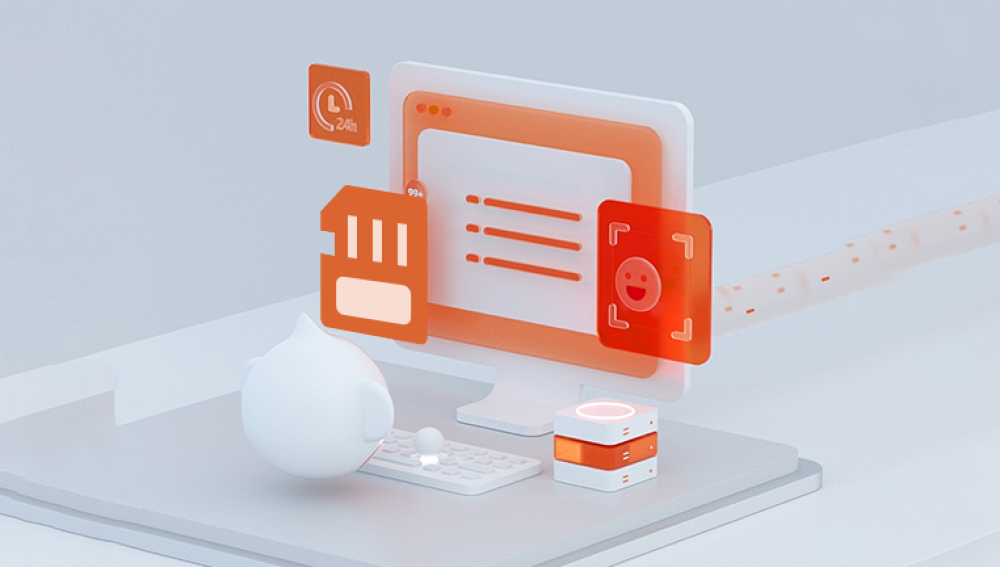SD Card Damage
Physical Damage: This occurs when the SD card sustains physical harm, such as scratches on the surface, bent pins, or damage due to exposure to water, heat, or magnetic fields. Physical damage can prevent the card from being properly recognized by the reading device.
Logical Damage: Logical errors are often caused by software issues, file system corruption, virus attacks, improper ejection of the SD card, or sudden power outages during data writing. These can lead to the loss of file access or the inability to read certain files.
Precautions Before Recovery
Avoid Further Writing: As soon as you suspect SD card damage, stop using it immediately. Any new data written to the card may overwrite the lost or damaged files, reducing the chances of successful recovery.
Handle with Care: If the SD card has physical damage, handle it gently to prevent further damage. Do not attempt to force it into a card reader if it does not fit properly.
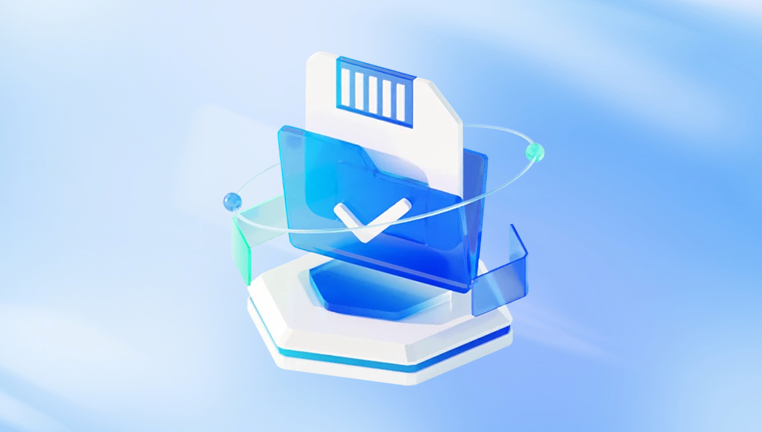
Methods to Recover Files from Damaged SD Card
Method 1: Use of Built-in Tools in Windows and Mac
For Windows
CHKDSK Utility: CHKDSK is a command-line tool in Windows that can check the file system and recover lost files. Connect the SD card to your Windows computer using a card reader. Open the Command Prompt as an administrator. Type "chkdsk H: /f" (replace "H" with the drive letter assigned to your SD card) and press Enter. The "/f" parameter tells CHKDSK to fix any errors it finds.
Disk Management: You can also use the Disk Management tool in Windows. Right-click on the Start menu and select "Disk Management". Locate your SD card in the list of disks. If the SD card shows as "Unallocated" or has a problem status, you can try to right-click on it and select "Initialize Disk" or "Format". However, formatting will erase all data on the card, so it should be a last resort.
For Mac
Disk Utility: Mac has a built-in Disk Utility that can be used to repair damaged SD cards. Insert the SD card into a card reader connected to your Mac. Open Disk Utility (you can find it in the Applications > Utilities folder). Select the SD card in the list of disks. Click on the "First Aid" button to let Disk Utility check and repair any file system errors.
Method 2: Use of Third-Party Data Recovery Software
Drecov Data Recovery is a powerful and reliable software designed to help users recover lost, deleted, or corrupted files from various storage devices. Whether you have accidentally deleted important documents, lost photos due to formatting, or experienced a system crash, Drecov Data Recovery provides a seamless solution to retrieve your valuable data.
With an intuitive and user-friendly interface, the software allows both beginners and advanced users to navigate the recovery process with ease. It supports a wide range of file types, including documents, images, videos, and audio files, ensuring comprehensive recovery options. Additionally, Drecov Data Recovery is compatible with multiple storage devices such as hard drives, SSDs, USB drives, SD cards, and external disks, making it a versatile tool for different data loss scenarios.
One of the standout features of Drecov Data Recovery is its deep scan capability, which thoroughly analyzes storage devices to locate and restore lost files, even from formatted or damaged partitions. The software also offers a preview function, allowing users to verify recoverable files before restoration.
Security is a top priority for Drecov Data Recovery, ensuring that recovered files maintain their original quality without being overwritten. The software operates in a read-only mode, preventing any further damage to lost data.
Method 3: SD Card Repair Tools
SD Card Formatter: There are specialized SD card formatter tools available that can help repair and format SD cards. For example, the SD Card Formatter tool provided by the SD Association. Download and install the SD Card Formatter for your operating system. Insert the SD card and run the formatter. It will format the card to the correct file system and can sometimes repair minor errors. However, like any formatting operation, it will erase all data on the card, so make sure to back up any important files first.
SD Memory Card Diagnostic Tool: Some manufacturers provide diagnostic tools for their SD cards. For example, SanDisk has a SD Memory Card Diagnostic Tool. You can download the tool from the manufacturer's website and run it to check the health of your SD card and perform basic repairs.
Method 4: Professional Data Recovery Services
When to Consider Professional Services: If the above methods do not work, or if the SD card contains extremely valuable and irreplaceable data, it may be time to consider professional data recovery services. Professional data recovery companies have specialized equipment and expertise to handle even the most severe SD card damage cases.
Choosing a Reputable Service: When choosing a professional data recovery service, do your research. Look for companies with a good reputation, experienced technicians, and positive customer reviews. Check if they offer a free evaluation of the SD card and provide a detailed quote before starting the recovery process. Some well-known data recovery companies include DriveSavers and Gillware.
Tips for Preventing SD Card Damage
Proper Handling: Always handle the SD card with clean hands and avoid touching the metal contacts. Insert and eject the card gently and make sure it is properly inserted into the card reader or device.
Regular Backups: Make it a habit to regularly back up the data on your SD card to an external hard drive, cloud storage, or another reliable storage medium. This way, even if the SD card gets damaged, you won't lose your important data.
Use Reliable Devices: Use high-quality card readers and devices that are compatible with your SD card. Avoid using cheap or counterfeit card readers, as they may cause damage to the SD card.
Keep Software Updated: Keep your operating system and device drivers updated. This can help ensure proper compatibility and functionality with the SD card.
Protect from Environmental Factors: Store your SD cards in a cool, dry place away from heat, moisture, and magnetic fields. Use protective cases to prevent physical damage when the cards are not in use.

